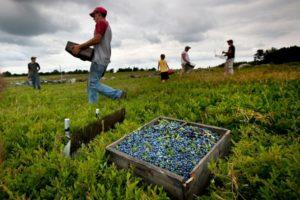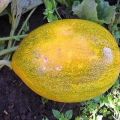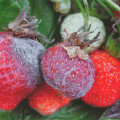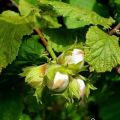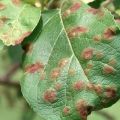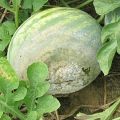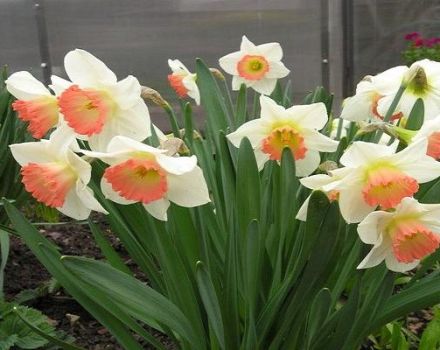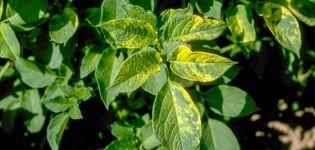Why blueberries do not bear fruit and what to do, reasons and solutions
Growing berries in the garden has long become a habit. But the cultivation of unusual, uncommon species is, first of all, of interest or even excitement. After all, who does not want to admire a beautiful bush with rare, tasty and healthy berries. But such shrubs are a risk. Indeed, even after the maximum effort, they do not please with the harvest. Why blueberry plantings do not bear fruit and what to do so that the plant begins to produce a harvest.
Why blueberries do not bear fruit and bloom: causes and solutions to the problem
There are situations when, with all efforts to care for blueberries, flowering and fruiting do not occur. To understand why garden blueberries do not bloom, you need to observe the plant. Mistakes may have been made when landing or leaving. And there are enough factors affecting the fruiting of a bush.
Violation of agricultural technology
An important factor in the appearance of flowers and the fruiting of a plant is compliance with the rules of agricultural technology. This shrub grows poorly in the beds where there were previously potatoes or other vegetables. Herbs, moreover, perennial, are recognized as the best predecessors. The plant does not like organic matter, so soils are suitable for which organic matter has not been introduced for the last five seasons.
Failure to comply with the rules for planting a plant is also an important factor. When buying, you must choose a copy that is in a large capacity. In small pots, the roots of the plant are densely intertwined, rolled inward.
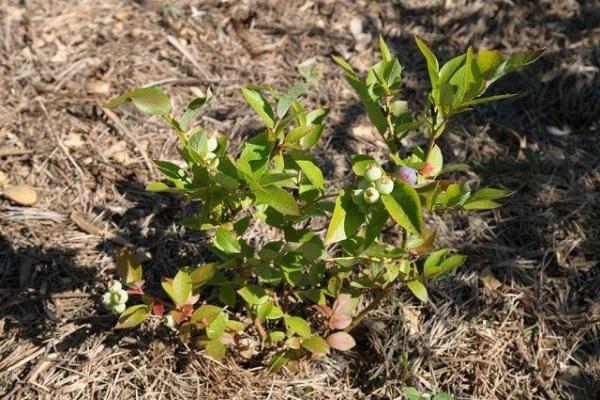
Shrub planting rules:
- Soak the container with blueberries for a quarter of an hour.
- Remove the pot, straighten the roots of the plant, since they themselves will not straighten. If you plant it as it is, then after a while, when digging it, it will be found that the root system has remained in the same form. Blueberries planted in this way will not only not bear fruit, but will die over time.
The root system of the shrub is shallow, practically in the surface layer, no deeper than 0.25 m. Accordingly, a hoe or similar equipment is not used in the process of weeding the plant. The damaged root system will not heal. The earth is not loosened deeply, by 30-35 mm.
Planting bushes in the shade
The shrub does not bloom if planted in a shaded area. Although this is a habitual environment for him and he takes root well in the shade, the plant needs light for fruiting. In this case, the place should be illuminated by the rays of the sun, protected from the through wind.

Unsuitable soil acidity
The acidity level should be up to 3.5-4.5. To obtain such soil, it is recommended to use sulfur or sulfuric acid. And to acidify the soil, you can use 9% acetic or malic acid at a rate of 120 ml per 10 liters of liquid.
No mulch
Mulching with sawdust, bark and needles of trees contributes to the enrichment of the soil, creates an air-water balance for the development of the root system of the plant, helps to maintain the required level of acidity, and prevents the appearance of weeds. The recommended layer thickness is 5-8 cm.
Mulching has been proven to promote plant growth and yield. One of the advantages of mulch is the ability to retain moisture, coolness of the soil in hot weather and warmth during winter (roots are preserved from frostbite).
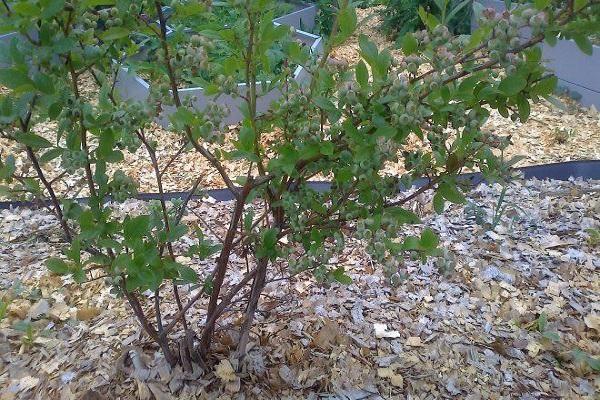
Insufficient drainage
If the soil is heavy and the groundwater is nearby, it is necessary to plant blueberries on the ridge. It is required to extract a part of the soil 50-80 mm deep. Spread it out in a circle of the landing hole. Fill the pit with peat or peat-sand mixture. You can add sawdust, needles. You should get a hump, on the top of which place a blueberry bush, sprinkle with soil, and mulch the soil.
As a result, excess liquid will flow down the surface of the slide, and the plant's root system will receive air and water in a balanced manner.
Planting only one bush
To improve yield indicators, it is recommended to plant at least two varieties of blueberries, then there will be a lot of berries.
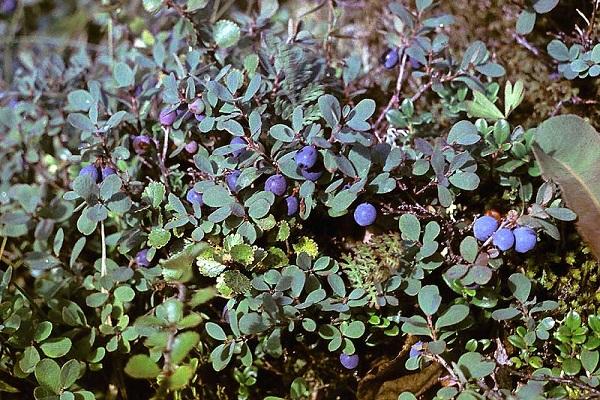
Bacterial and infectious diseases
A diseased plant weakened by infectious or bacterial diseases will not bear fruit. For prevention, it is recommended to treat it with fungicides in the spring and autumn.
At the beginning of spring, it is treated with "Polycarbacin" 1%, Bordeaux liquid, "Rovral" 1%. When the foliage blooms, treat it with a fungicide (Topsin M, Euparen, Kuprozan, Benomil, Rovral). Processing is carried out three times in 7-10 days.
After removing the berries from the bush, three times are treated with fungicides, the last after the foliage has fallen.
Double leaf spot
Appears exclusively on sheet plates. At the end of March, a small number of small light, brown, gray, dark spots with a diameter of 2-3 mm are formed, but soon there are more of them. In summer, the formations begin to expand, reaching a diameter of 6 to 13 mm. The spot becomes, as it were, double: the previous and the new, much darker. In rainy weather, the disease spreads much faster.
Topsin and Euparen are recognized as effective drugs for treatment. In the spring and autumn periods, it can be processed with "Rovral".
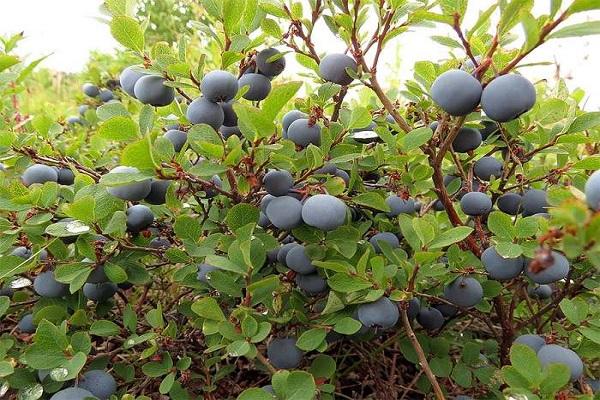
Stem cancer
The most harmful disease of this nature. The disease has the following symptoms. First, red spots form on the scars of the leaf plates, on the shoots. Over time, they get larger, take on the shape of an oval and darken. Further, the spots grow, connect with each other, cover the entire surface of the shoot, and its dying off occurs. Young shrubs are more quickly affected by this disease. On old shoots, ulcers appear with cracked and falling off bark.
First of all, prevention is important. It is not recommended to plant in beds where there is high humidity, not to apply a large amount of nitrogen-containing fertilizers. Timely cut off the branches damaged by the disease and destroy them.
For treatment, it is recommended to use Topsin (0.2%), Euparen. Carry out the processing three times, every 7 days. The first treatment is before flowering, the second after harvest. Treat with Bordeaux liquid after foliage bloom, in autumn - twice after falling off.

Parasitizing the fungus phomopsis
Symptoms are similar to stem cancer. New shoots begin to dry out and curl up. The length of the lesion varies from 3 to 35 cm. The foliage becomes brown, dries up, falls off, and red spots 10 mm in diameter form on it.
To fight, it is necessary to destroy the affected shoots, the plant is treated with drugs used in the treatment of stem cancer.
Gray rot
The disease is characterized by lesions with brown, sometimes red spots on branches, leaves, and fruits. Subsequently, the spots acquire a gray tint. The spread of the disease begins from the top of the shoot and moves to the base. The berries suffer greatly. Especially dangerous in prolonged wet weather. When the spores of the fungus hit the flowers, the yield decreases.

Plants overfed with nitrogen, as well as thickened plantings with poor ventilation, are susceptible to this disease..
The fungus hibernates on fallen leaves. Collect all leaves and fallen fruits and burn them. The preventive methods used for the diseases mentioned above are important. It is also recommended to plant the bushes at a sufficient distance to allow air circulation.
Moniliosis of fetuses
Visually, this disease looks as if all parts of the plant: branches, leaf plates, flowers and fruits, are beaten by frost. The fungus hibernates in dried berries. First, the affected top of the branch withers, turns yellow, after which it acquires a brown tint, turns black and dies. At this stage, it is called "monilial burn". Flowers also turn brown and die. The berries acquire a brown hue and lose their taste.
Gradually, the fungus covers the wood, the bark cracks, gum deposits appear, gradually the branches of the plant die off.
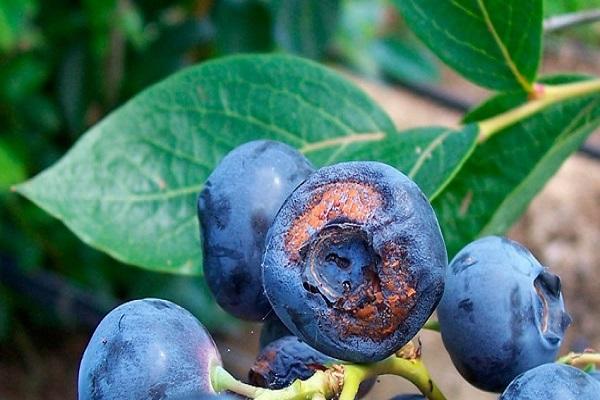
For prevention and treatment, it is necessary to collect all the fallen debris under the bush, burn it. It is recommended to spray with Bordeaux liquid or other fungicides.
Viral lesions
Fungal diseases are not the only ailments that plague the plant. Some of them are viral. When affected by a similar disease, treatment is useless. It remains only to remove and burn the affected plant. It is important to learn to identify the nature of the disease.
Mosaic
Yellowish patterns are formed on the leaf plates of the plant. They are yellow near the cuttings, greenish closer to the tops. The disease is carried by ticks.
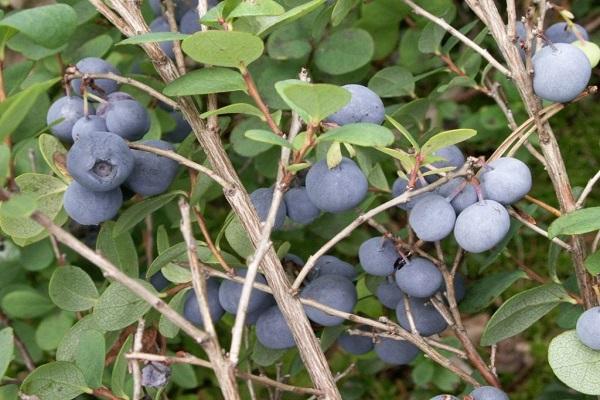
Threading branches
The complexity and danger of this disease lies in the fact that in a latent state it can last for about four years. With damage, the growth rate of the plant decreases, the leaf plates turn red, then wrinkle, and curling gradually begins. Stripes similar to laces are visible on the sprouts.
Red ring spot
By the middle of summer, reddish spots are formed on the leaf plates of the plant, often on old ones. The defeat begins with the leaves and gradually spreads to the entire plant, completely destroying it.
Dwarfism
This disease is caused by mycoplasma. A diseased plant grows poorly, hence the name. Small, tasteless berries are tied on the branches, or they are not at all. The leaves gradually become small, then turn yellow, and at the end of summer, the yellowed leaves turn red.
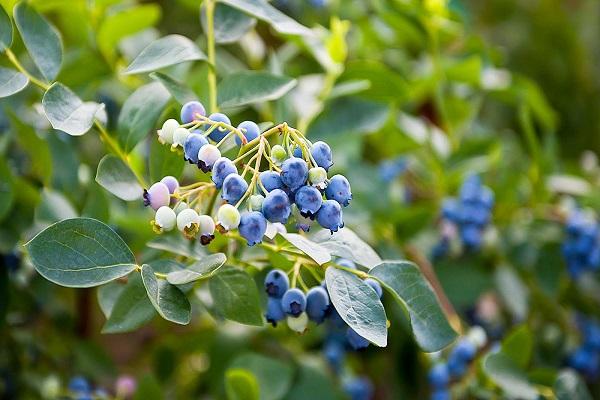
Necrotic spotting
With this disease, red spots of a ring shape are visible on the leaves of the plant. First, the lesion spreads to old leaves. After that, the plant is completely affected.
There are many reasons for the slow development of the shrub, the lack of berries. If this is a violation of the rules of planting or care farming techniques, this can be corrected in a fairly short time. If the plant is affected by an ailment, you will have to spend a lot of time and effort to save it. If the disease is viral, the plant cannot be saved.The main thing is to correctly and in time to determine the cause of the current situation and, without delay, try to save the plant. Only then can the desired results be expected.

